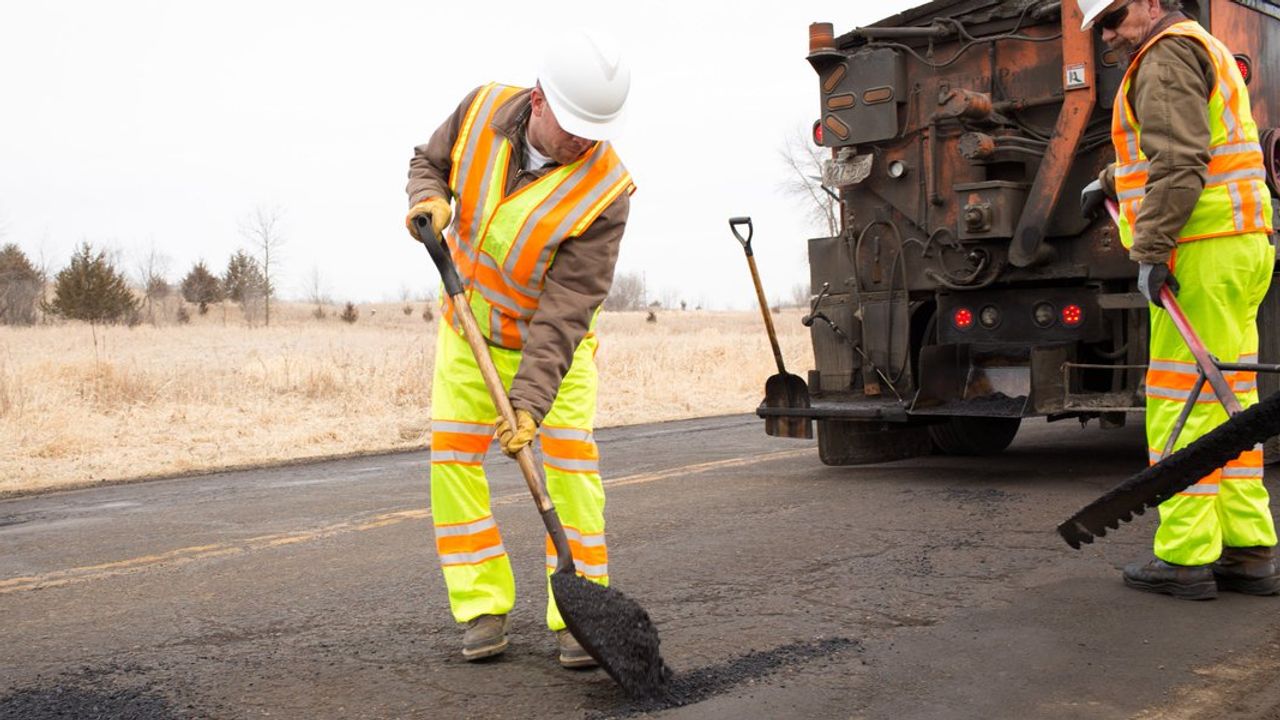State delves into safety study for roadwork zones, looks for ways to keep crews safe
[anvplayer video=”5102671″ station=”998122″]
It’s National Work Zone Awareness Week and MnDOT is looking at different ways to make areas on the highway safer for drivers and the crews that work there.
Since 2015, the Minnesota Department of Public Safety says there have been more than 16,000 crashes in work zones on Minnesota roads. One woman knows first-hand what these workers have to go through.
“It’s not just the person you hit, it’s their entire family because not only I suffered, my kids had to suffer,” said Laura Berg, who was hit by a distracted driver while working as a construction flagger in 2017.
She can’t drive, and she’s not working, but Laura Berg is grateful to be alive and is still adjusting to the new normal.
“I’m like getting ready for the day and I’m crying because I can’t comb my hair,” Berg said.
In 2017, Berg worked as a flagger for a road construction crew when she was severely injured after she was hit by a distracted driver in East Bethel.
“It’s really dangerous,” Berg said.
“When you’re working right there next to very high-speed traffic, it is dangerous,” said MnDOT State Work Zone Engineer Michelle Moser.
Michelle Moser with MnDOT says they recently wrapped up their state required speed management study. They came up with 14 recommendations to encourage safe driving in these areas, including a speed control vehicle.
“Taking a contractor vehicle and leading people through that work zone at the speed limit, especially when workers are present right next to traffic,” Moser said.
Other ideas include more detours to separate traffic from the work zones, partnering with law enforcement by using radar technology to catch anyone speeding, and changing the speed limit throughout the work zone depending on where the workers are.
“You’ll go through most of the work zone at the regular speed and just reduce it in that mile where work is actually happening,” Moser said.
Even though she’s not a flagger today, Berg knows more has to be done to protect these workers.
“You’re not the only one on the road, there’s other people,” Berg said.
MnDOT plans to implement some of these safety steps this year on several different projects. Others, including the radar technology, need further review at the State Capitol.
To see the complete study, visit here.
